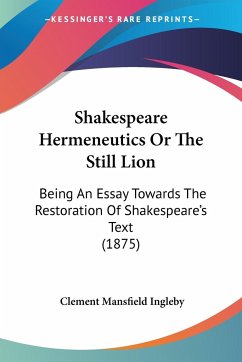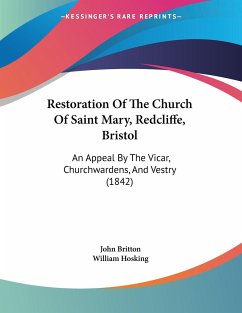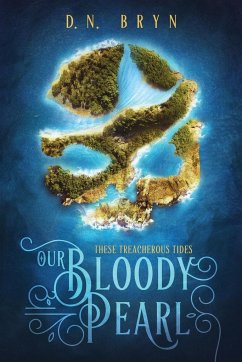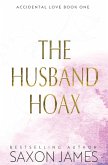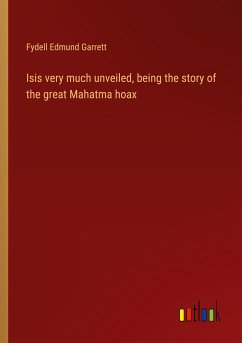This edition presents five English travel hoaxes published between 1668 and 1682. The travel hoax was a popular form of fiction in the English Restoration, with its roots in utopianism, but now expressed as vigorous travel narrative in often rough vernacular prose, a style of writing marked by the rise of pamphlet literature and of the newspaper. These texts -- with varying degrees of skill, and varying degrees of success -- try to trick the reader, to make us believe that these new lands really exist. The first of these hoaxes presented here is now quite well-known: The Isle of Pines (1668), an account of an Elizabethan shipwreck that gave rise to a forgotten English island colony somewhere in the vicinity of the unexplored Australian continent, then rediscovered by the Dutch and the French. But the whole 'discovery' was in fact fabricated by the Republican politician and writer Henry Neville (1620-1694), who was manipulating the form of the fake discovery to conduct a theoretical investigation into the origins of government. Three years later there appeared the now almost unknown The Hairy Giants, authorship still mysterious. This claimed to be in origin a Dutch narrative of exploration, but this time encasing a tale of an initial Portuguese shipwreck in giant-infested South America, where the Portuguese narrator marries into the local giant dynasty, and settles there. Next come two texts by the Anglo-Irish writer Richard Head (c. 1637-1686?), The Western Wonder (1674) and O-Brazile (1675), accounts that approach in different ways the Irish legend of 'Hy Brasil', the fabled appearing-and-disappearing island off the coast of Ireland. Finally there is A Discovery of Fonseca (1682), surviving today in just one copy, pretending to be a Dutch epistolary account of a voyage involving both English and Dutch crew. Shipwreck off the South American coast near the river Orinoco leads to the discovery of a society of solely women -- all speaking Welsh. These are all artfully artless narratives, in which energy has been expended not on a smooth and obviously literary style, but on the hoaxer's rougher verisimilitude. Such texts confront their readers with questions of what is truth, and how we are to identify it. They also remind us that many of the 'real' travel narratives of the time contained much material that might be suspected, or indeed soon came to be identified, as fantastical. But where do we draw the line, these texts ask, and who has the skill to draw it truly?
Hinweis: Dieser Artikel kann nur an eine deutsche Lieferadresse ausgeliefert werden.
Hinweis: Dieser Artikel kann nur an eine deutsche Lieferadresse ausgeliefert werden.


